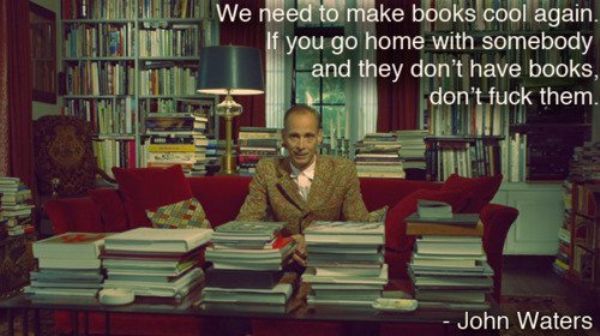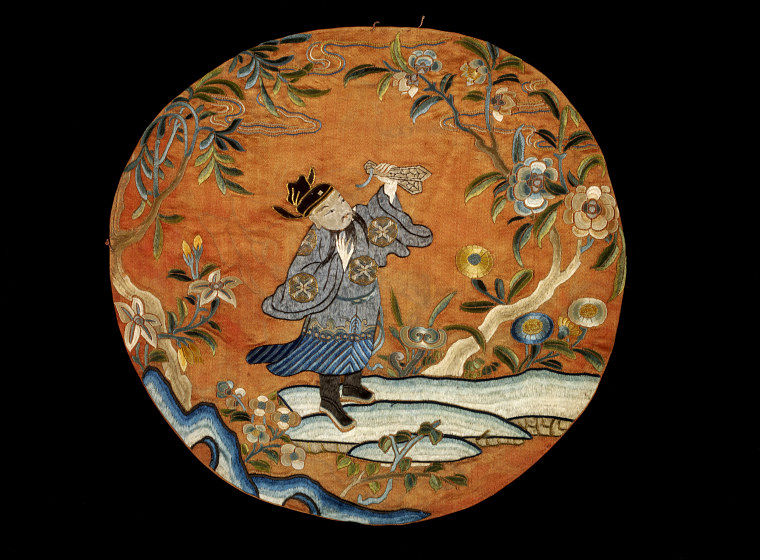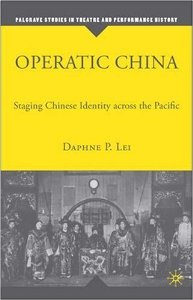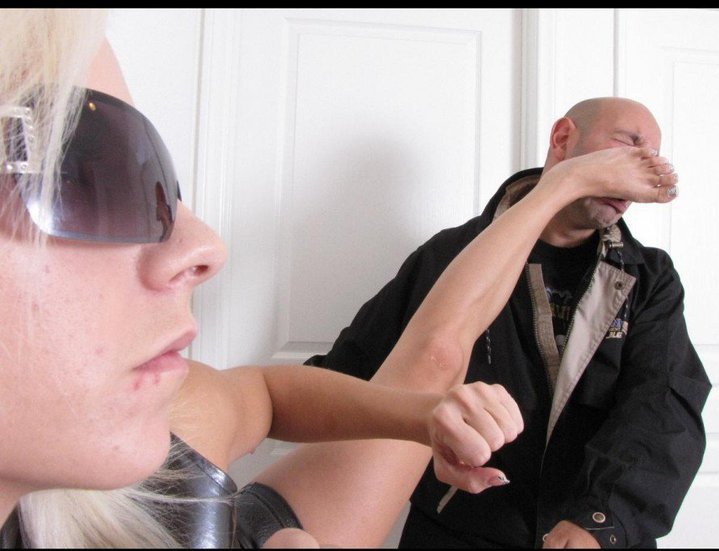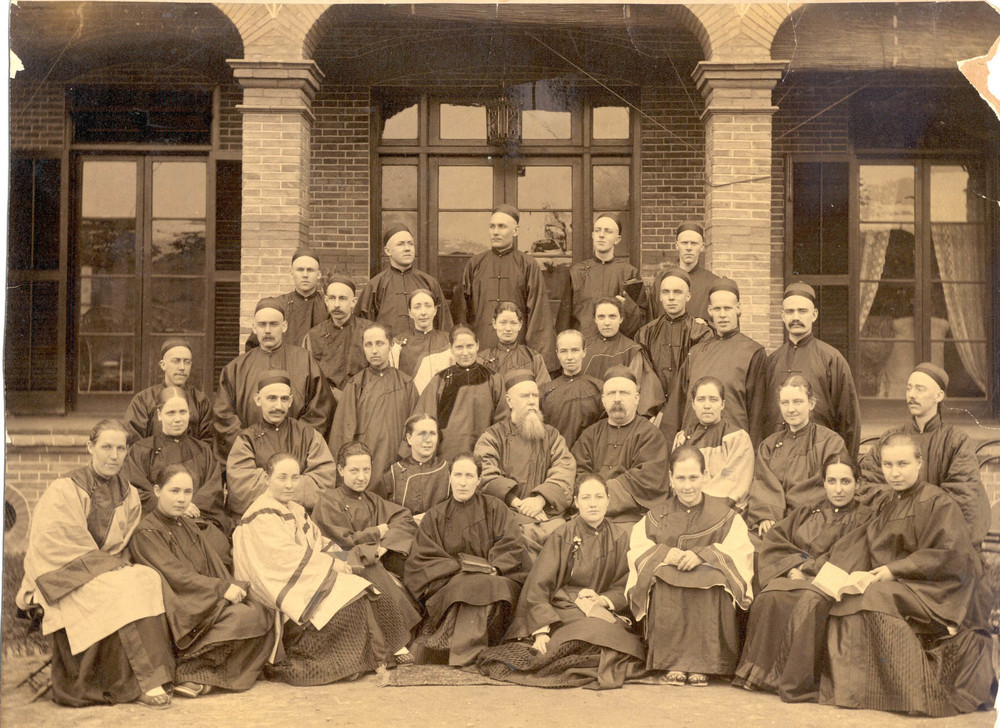One of the reasons I started this blog was to answer the question, how can a martial art be Taoist? Over the six years I’ve been writing I’ve attempted to answer that question. The question actually comes in many different forms. For instance: Are some martial arts part of Taoism? How did martial arts influence Taoism? Is there a reason why a Taoist can not practice martial arts? Are there specific Taoist practices which are embedded in the martial arts?
In this post I will attempt to offer a grand summary of the issue.
 First off, let us look at Daoism* on a 3D grid. John Lagerwey went to Taiwan in the early 1970’s where he became a Daoist priest and wrote a book called, Taoist Ritual in Chinese Society and History
First off, let us look at Daoism* on a 3D grid. John Lagerwey went to Taiwan in the early 1970’s where he became a Daoist priest and wrote a book called, Taoist Ritual in Chinese Society and History , in it he describes Daoist Orthodoxy as a continuity of “view” passing back in time for 2000 years and permeating music, movement, mythology, individual conduct, life, death and social institutions. At the same time, Michael Saso
, in it he describes Daoist Orthodoxy as a continuity of “view” passing back in time for 2000 years and permeating music, movement, mythology, individual conduct, life, death and social institutions. At the same time, Michael Saso , and Kristofer Schipper
, and Kristofer Schipper did the same thing. They each went to different communities in Taiwan and became Daoist priests and they each wrote books making the same point about Orthodoxy and continuity. Except the content of those books is actually quite different. The expression of that “view” in each community was profoundly unique. In one community the main job of Daoist priests is to perform funerals, and in another community Daoist priests performed many different rituals but were forbidden to perform funerals. Was Orthodoxy an illusion?
did the same thing. They each went to different communities in Taiwan and became Daoist priests and they each wrote books making the same point about Orthodoxy and continuity. Except the content of those books is actually quite different. The expression of that “view” in each community was profoundly unique. In one community the main job of Daoist priests is to perform funerals, and in another community Daoist priests performed many different rituals but were forbidden to perform funerals. Was Orthodoxy an illusion?
John Lagerwey went on to publish in Chinese, a thirty volume encyclopedic record of the incredible variety of Orthodox Daoist traditions concentrated exclusively among the Hakka ethnic group in Northern Taiwan. In his most recent book in English, China: A Religious State , “Daoism” is conspicuously left out of the title. That is because it puts Daoism in a historic context where it played many different roles over a long period of time within a much larger culture of state ritual. And then in the second half of the book he looks at the role of Daoism in local ritual culture as an ethnologist and finds enormous diversity of expression. This diversity had elements of continuity like the use of talisman or the Daodejing, but single defining signifiers are almost meaningless because talisman and the Daodejing are not exclusive to Daoism.
, “Daoism” is conspicuously left out of the title. That is because it puts Daoism in a historic context where it played many different roles over a long period of time within a much larger culture of state ritual. And then in the second half of the book he looks at the role of Daoism in local ritual culture as an ethnologist and finds enormous diversity of expression. This diversity had elements of continuity like the use of talisman or the Daodejing, but single defining signifiers are almost meaningless because talisman and the Daodejing are not exclusive to Daoism.
So that is the first axis of our 3D grid, call it infinite orthodox diversity.
Many books and articles on Daoism start out by explaining that the English term “Daoism” doesn’t actually exist in Chinese, that there are three or more terms which are conflated: Daoshi (official of the Dao), Daojiao (religion of the dao), and Daoren (a person of the Dao). But these terms are themselves quite mushy. Daoshi most often means “priest” but it can mean “monk” or “hermit” and in some regions it is more likely to be understood as “traveling magician.” Daojiao, is mainly used to distinguish other religions like Buddhism, state ritual, or Islam--it seems to have developed as a default category rather than a self-identifier.
Daoren has come to mean a person who tries to live a life consistent with the teachings of Laozi and Zhuangzi, which, because of those book’s centrality in Chinese culture have remained readable and in print for 2300 years. But Daoren can be used more generally to mean an artist or artisan whose work is modeled on the natural world. Or even someone who appears to accomplish tasks in an effortless way.
So that is the next axis of our 3D grid, the infinite influence of the Laozi and Zhuangzi spreading out into every aspect of “normal” peoples lives. We’ll call it the Daoren axis.
The third axis of our grid is equally difficult to pin down, it concerns the identity of the practitioner. Because of things like political intrigue and ethnic conflict, at various points in history, people practicing Daoism suddenly decided to start calling what they do Buddhism. And likewise various sorts of shaman, trance-mediums or Buddhists decided to call themselves Daoists.
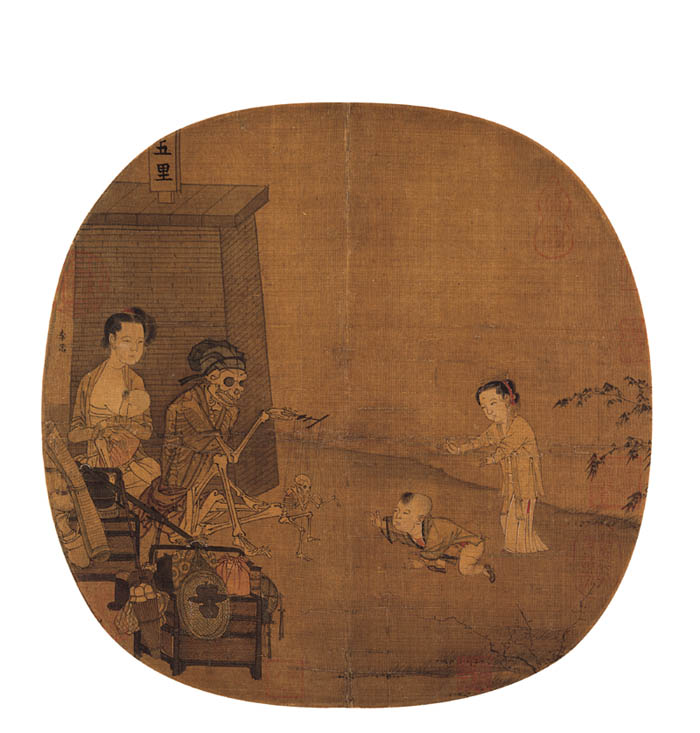
The same goes for magicians, hermits, poets, artists, performers, and urban eccentrics, sometimes they decided to call themselves Daoist when they really weren’t, and other times they decided to hide the fact that they were Daoist by calling themselves something else. So this category is all the different ways one can be a Daoist, including the better known categories of priests, hermits, and monastics, but also including poets (the most famous poet in Chinese history Li Po, was a Daoist initiate), performers and the super unique like urban-hermit-insect-eating-exorcists.
As you can see, Daoist 3D space is a little bent. With one end of the Daoren axis meeting up with the identity of practitioner axis. And just to show how outside the box one needs to be to even have this discussion, our 3D grid actually has a 4th axis! A fourth dimension we will call the Methods axis.
At one time I would have simply defined methods as either orthodox or unorthodox, with the orthodox methods being zouwang (sitting and forgetting), jindan (the elixir practice), ritual/liturgy, dream practice, and daoyin (exploring the outer limits of movement and stillness); with the unorthodox encompassing all other methods. But now I’m more likely to avoid the orthodox category and think in terms of the transmission or discovery of daoist “view.” I want to avoid sounding cryptic so let me offer some examples. Someone who practices Buddhist meditation can discover the kinesthetic experience of stillness being infinitely and constantly available everywhere. A person practicing the zouwang method of sitting could just as likely not have that experience. The transmission of the experience from teacher to student also does not guarantee that the student has the experience. Even the experience itself does not guarantee that it will be valued or cultivated in different contexts.
So this 4th axis is made up of any method which attempts to transmit or accidentally transmits daoist “view.” This axis is also infinite and simply bends down as the ‘view’ within the method becomes more defuse. Take for example this website explaining daoist talisman. Go ahead and read about the talisman which attracts beautiful women to you. It transmits Daoist “view” in a sneaky way. While most young men want to have the power to attract women to them, this talisman works in the opposite way, it gives the power to the women to see you as attractive. All you have to do is wear the talisman and wait. It doesn’t require any male assertive action. You don’t even have to believe in it! If you see a beautiful woman you can just stop and see if it works. No crude one liners, no posturing, you don’t need to offer to buy her a drink, nothing. Just wait and see what happens! This talisman tricks guys into not doing! Also known as wuwei or non-aggression, the most central of all daoist precepts.
_________________
Alright, now that we have a 3D grid for Daoism, let's make a grid for martial arts. On the first axis we have all the possible reasons and ways someone might optimize training the skill of fighting. This axis includes dueling, banditry, militia, assistants of the courts (police, bailiff, guard etc..), body guard, crop guarding, home defense, child self-defense, rebellion, military weapons, drilling with gong and drum, competitions, merchant escort services, etc...
The second axis of the martial arts grid is all the ways we can optimize training for performance, display and ritual. Think everything from staged fights, to martial opera, to exorcism, to games, to militia displays, to self-mortification performances, to shows put on for the gods, to trance possession by fighting gods.
The third axis of the martial arts grid is self-cultivation. This includes all types of personal ritual, the most common being health, fitness and prowess. But it also includes practices for the purpose of instilling virtue, naturalness, kindness, or any of the darker types of attributes like cruelty, invincibility, or to see the future. This particular axis can easily be applied directly to daoism because it can incorporate daoists methods or daoist precepts. For example here are the Xiang’er Daoist precepts from the 200 CE:
Lack falseness or pretense (be honest)
Cultivate weakness and flexibility
Practice being like the feminine
Do not seek fame
Participate in meritorious actions
Cultivate clarity and stillness
Cultivate emptiness and desirelessness
Practice stopping when a thing is complete
Discover wuwei, yield to others
Any activity, including martial arts, can be practiced to express or nurture one or all of these precepts. Would that make a martial art daoist? Hold on, you don’t need to answer that question, we’ll get to it in a minute. But consider here that if following these precepts were the only measure of whether or not a martial artist is Daoist, then not many martial artist would fit the bill.
__________________________
So now we have a 4 dimensional grid encompassing Daoism, and a 3 dimensional grid encompassing martial arts. All we have to do is put them together and see what lights up! Wherever there is an overlap we have a magical confluence of Daoism and Martial Arts!
We can also look at the spots that don’t light up, like Daoist priests that have specifically taken a precept to never practice martial arts. Or women who read the Daodejing and like to knit. Or hermits who never leave their cave. Oh, but we have a problem there. See there are hermit practices of internal ritual alchemy that involve kinesthetically visualizing demon troops doing battle, or martial deities dancing with a sword.
See the academic question we posed, “Is a given martial art Daoist?” is tied up in answering questions of authenticity and authority. So take note if you are academically inclined, I have just answered all the questions about authenticity and authority for the general case of the question. It is one gigantic infinite multi-dimensional light show. Now the question remains, how do we deal with authenticity and authority in any individual or particular case?
_________________
My own experience is that the apophatic kinesthetic revelations of practicing daoyin are totally integrated into my martial arts practice, both internal (Tai Chi, xinyi, bagua) and external (Northern Shaolin, Lanshou). Then again, integration is the name of the game. Jindan, the differentiation of jing, qi and shen in stillness is practiced inside of zouwang, sitting and forgetting, and daoyin. The words of the Daodejing are the source of Daoist precepts, years of chanting them has embedded them in my movement and my dreams. It is as if the sacred texts of Daoism are written on my bones.
The ritual practice of visualizing a deity and his attributes before me, and then floating him up and around and then inside of me, and then moving him to a specific location in my body and then inviting him into action while leaving emptiness behind--this practice is to me the same as practicing taijiquan or baguazhang or xinyiquan. The visualization part of the method itself is not essential, but the changes in perception are how the internal martial arts function. There is an order of action. A procession of jing, qi and shen.
Even the external arts, when practiced as empty forms, are identical to the effortless intrinsic tonifying structural flow of daoyin.
This is true whether the art is "identified" as a Muslim art, like Liuhe Xinyiquan, or a Buddhist art, like Shaolin Quan.
Another way one could ask the question is, can martial arts have daoist fruition? Does practice result in spontaneity (ziran)? effortlessness? healing? a return to baby-like simplicity? potency? awareness?
Lastly, as a teacher looking at what I teach, if I am encouraging students to hold a specific type of intent or intention then I am teaching trance, not wuwei. Likewise, if I am teaching students to assert themselves or improve themselves, then I am teaching pretense; not things as they actually are, not the discovery of constant virtue (daode).
______________________
*Note: I inelegantly use Taoism in the title and in the first paragraph to be searchable on Google and then I use Daoism in the rest of the article to be consistent with contemporary scholarly standards.



